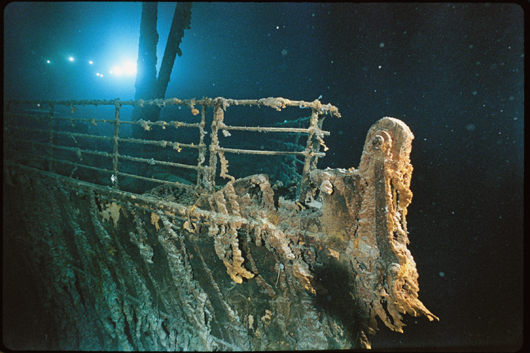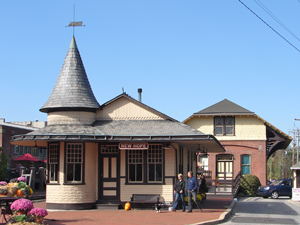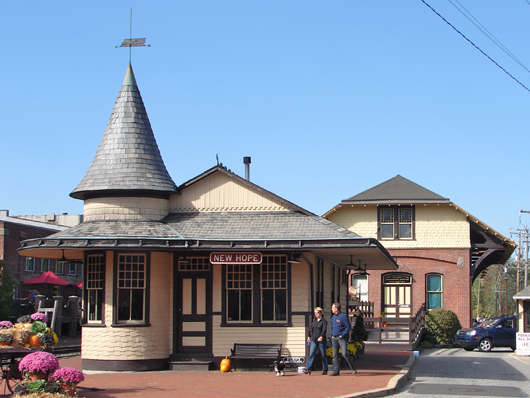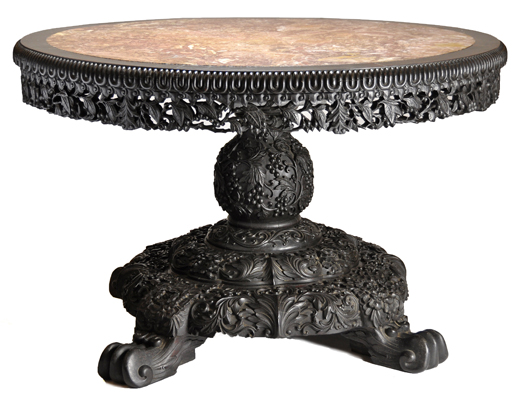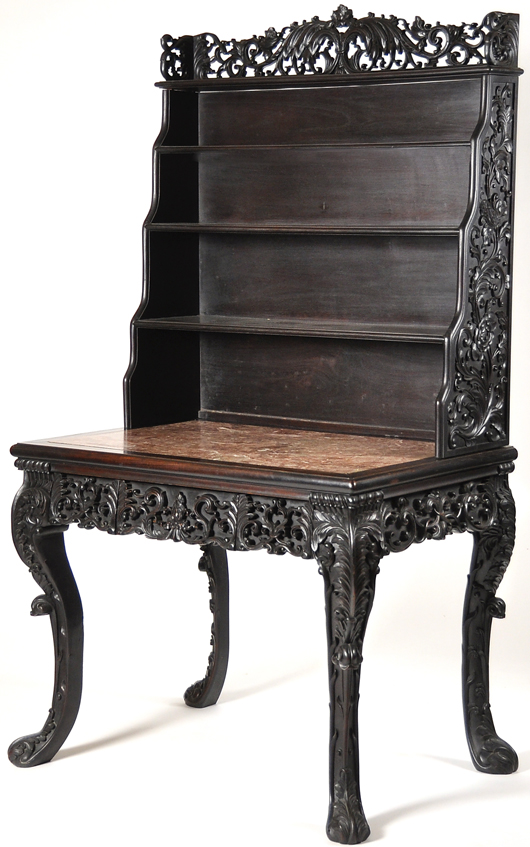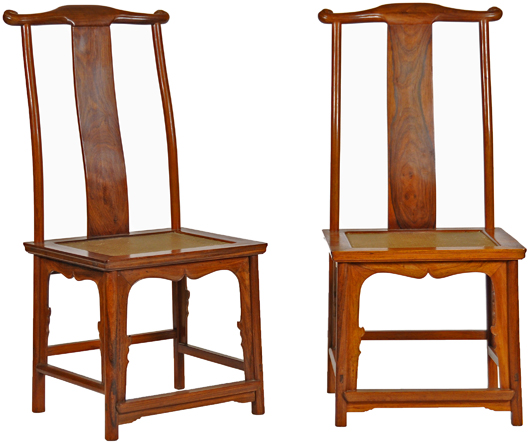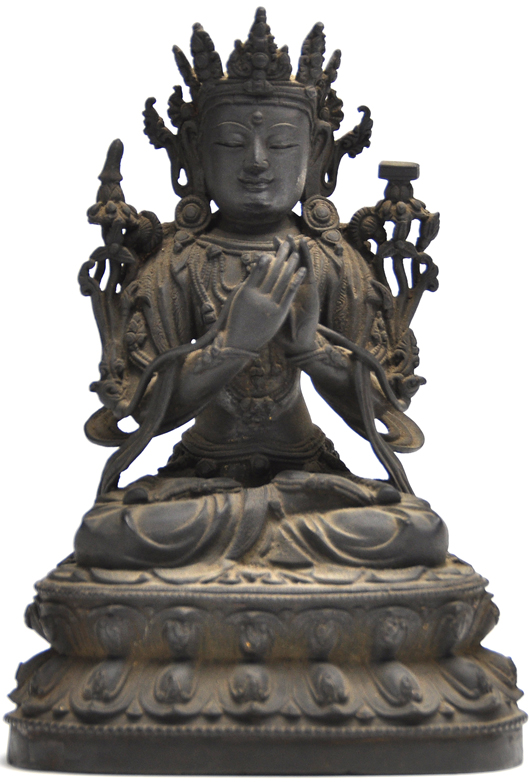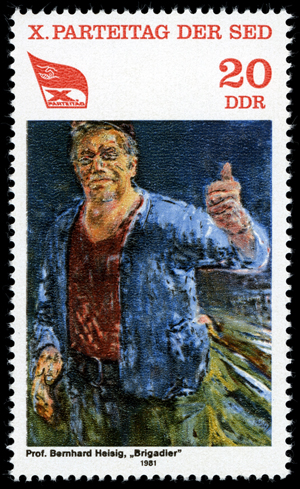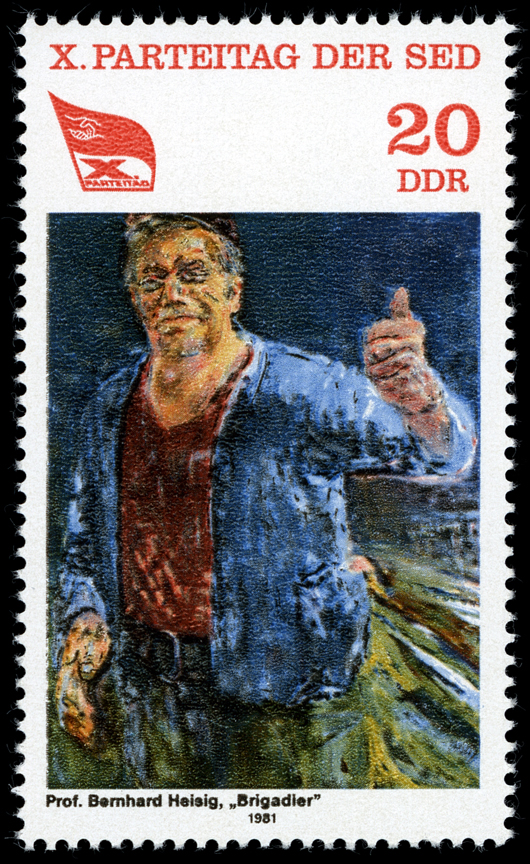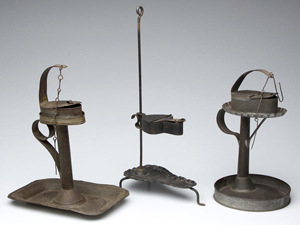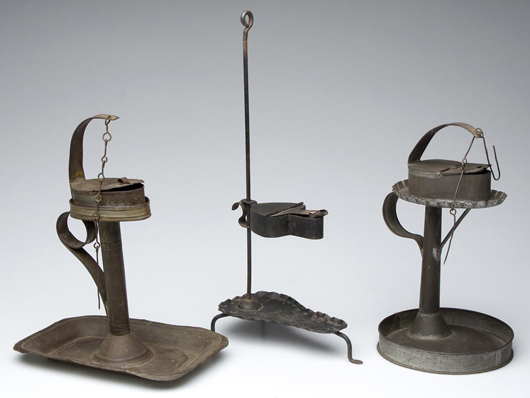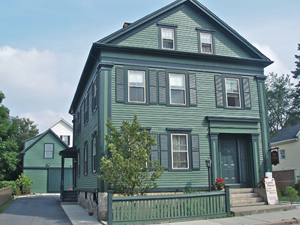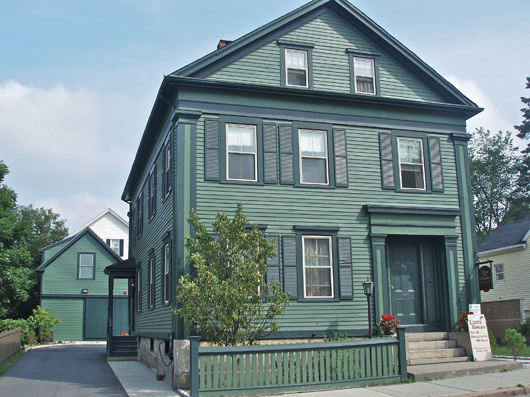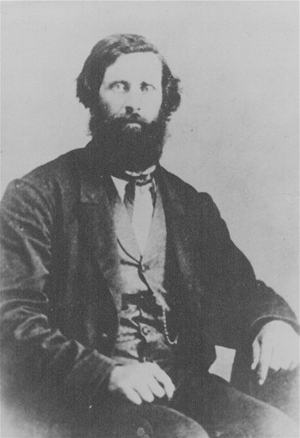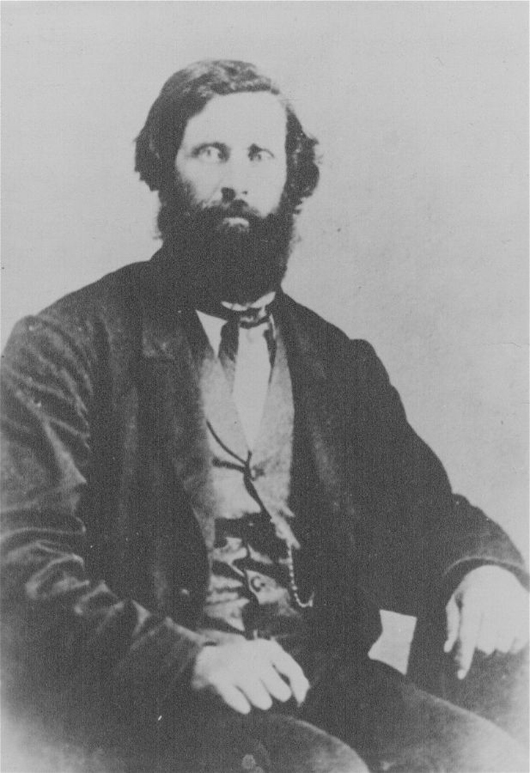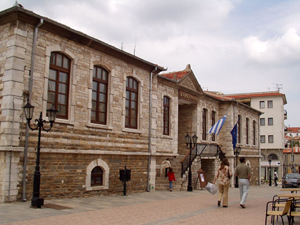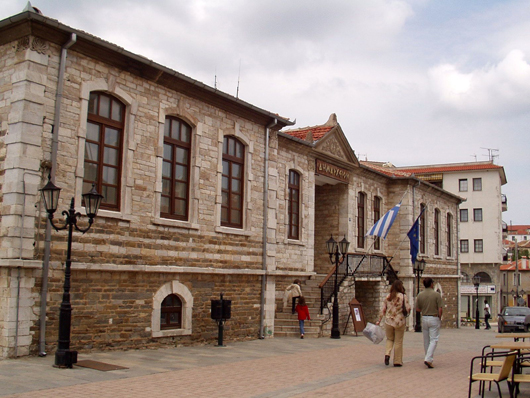LONDON – The destination for buyers searching for unique pieces this June will be the Olympia International Fine Art & Antiques Fair, which celebrates its 40th year. Influential trend-setters and buyers in the know attend the fair for inspiration and to create the zeitgeist look: a mixture of eclectic and high caliber pieces–both antique and contemporary–to be found at the fair. London’s most established art and antiques fair will take place from Thursday, June 7, to Sunday, June 17.
The fair attracts over 30,000 collectors and enthusiasts including Stella McCartney, Valentino, Ralph Lauren, up-and-coming designer Ethan Koh, Suzy Menkes, Mick Jagger, Dustin Hoffman, Bryan Ferry, Oprah Winfrey, Henrietta Spencer-Churchill, Nina Campbell, Jasper Conran, Sir Peter Blake, Sir David Tang, the Mittals and the Hiltons.
New exhibitors this year include interior designer and socialite Nicky Haslam, Anthony Outred, 20th century design guru Gordon Watson, Lennox Cato and tribal art specialist Clive Loveless.
One hundred-eighty specialist dealers will source and keep their best pieces especially for this annual event. The array of stock for sale ranges from traditional and decorative furniture to contemporary art and design as well as 20th century furniture and design, paintings and watercolors, silver, jewelery, textiles, ceramics, kitchenalia, lighting, carpets, Art Deco, clocks, tribal art, sculpture, fossils, mirrors and natural history.
Shoppers relish sourcing strong statement pieces such as the iconic Love by Robert Indiana (1966-1999), on sale through Barcelona gallery Mayoral Galeria D’Art, to sit alongside a much sought-after 18th century oak table. Antique Ikat textiles can be bought to hang next to the 1st Duke of Cambridge’s mirror (1774-1850) set among contemporary furniture by British designer Paul Belvoir. For those in need of some sparkle, there are over one million diamonds on sale through the jewelery dealers including vintage pieces by Cartier, Tiffany and Van Cleef & Arpels.
With prices ranging from £100 to £1 million the fair accommodates every level of buyer. Both first-time and seasoned collectors can be reassured by the knowledge that every piece has been checked by a team of trade experts, who vet the show before it opens to ensure it is genuine and of good quality.
There will be a program of tours, events and lectures suitable for both first-time visitors and regular attendees.
The fair takes place at Olympia Exhibition Centre, Olympia Way. London W14 8UX.
For details visit www.olympia-art-antiques.com.



